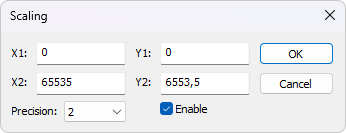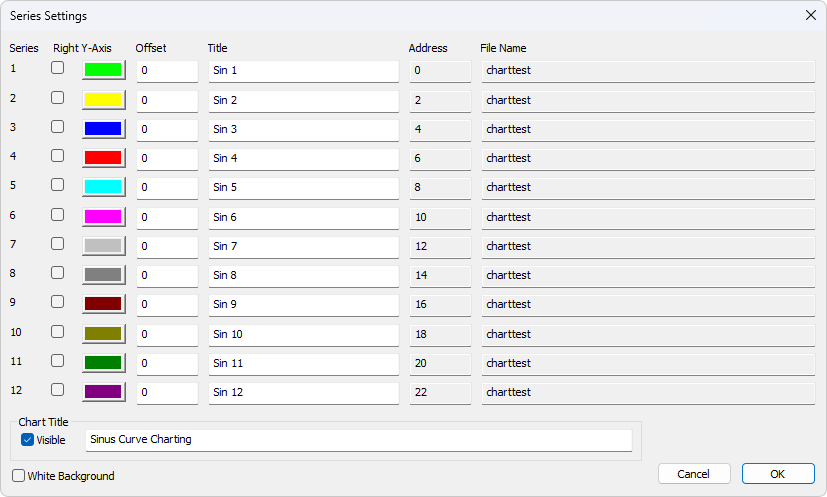

When the SQL interface reads data, it appears in the main window.Ĩ. Specify the name of your database table, the polling interval, and the "DATE_TIME_STAMP" field name. Configure connection with your database ( page #100).ħ. Create a new configuration with the SQL interface by clicking the "Green Plus" button in the main window.Ħ.
MODBUS POLL TO IP ADDRESS UPDATE
NEW.DATE_TIME_STAMP := COALESCE(NEW.DATE_TIME_STAMP, NOW()) ĬREATE TRIGGER MODBUS_DATA_WRITE_BI BEFORE INSERT ON "MODBUS_DATA_WRITE"įOR EACH ROW EXECUTE PROCEDURE MODBUS_DATA_WRITE_BI_TRIGGER() ĬREATE TRIGGER MODBUS_DATA_WRITE_BU BEFORE UPDATE ON "MODBUS_DATA_WRITE"ĥ. "DATE_TIME_STAMP" timestamp DEFAULT NULL,ĬREATE OR REPLACE FUNCTION MODBUS_DATA_WRITE_BI_TRIGGER() The logger will use this column to read updates from the table.īelow you can find some table-creating scripts that we recommend to use. The "DATE_TIME_STAMP" column specifies the time when the value is changed last time. The table will contain one row for each register. Add only one response item to each request with the "VALUE" name.Ĥ. For example, one request writes "int" values, another one "float" values.ģ.5. Note: You should add a separate request with a different event ID for each data type. You may use other identifiers but should change them in the next steps too. Then specify the event identifier like "WRITE-INT," "WRITE-FLOAT," "WRITE-UINT16".

The plugin will receive it from a database.ģ.4.

You usually need to select the "TCP/IP" interface type for MODBUS TCP and "RS232" for MODBUS RTU. Create a new configuration from the main window using the "Green Plus" button.
MODBUS POLL TO IP ADDRESS TRIAL


 0 kommentar(er)
0 kommentar(er)
